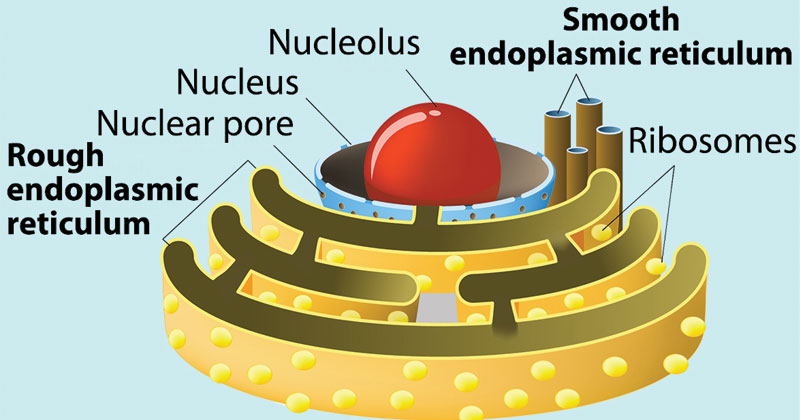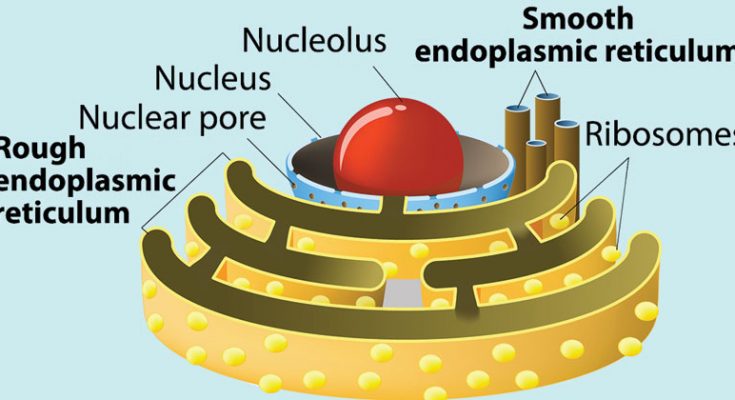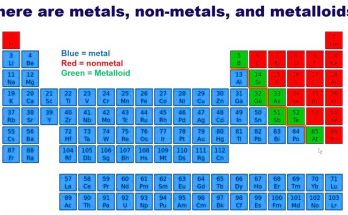Endoplasmic Reticulum -Short Note
Table of Contents
Endoplasmic Reticulum Definition:
Endoplasmic Reticulum is a complex network of tubular membranes exclusively present in the cytoplasm of the eukaryotic cell and is located near the nucleus of the cell, where protein synthesis is carried out as a result of DNA transcription.
Discovery:
Porter and Thompson discovered ER in 1945.
Endoplasmic Reticulum Types:
The ER is available in two forms: a type with a ribosome-studded surface and another with a smooth surface.
- Rough Endoplasmic Reticulum(ER)
- Smooth Endoplasmic Reticulum(ER)
Structure of Endoplasmic Reticulum :
- The structure of the ER is shaped like a sac.
- Rough ER has ribosomes embedded within its structure, giving a “rough” appearance. The smooth ER does not have these ribosomes, hence appearing “smooth.”
Functions:
Functions of Smooth Endoplasmic Reticulum (ER)
- Responsible for the synthesis of essential lipids such as cholesterol.
- Responsible for the production and secretion of steroid hormones.
- Responsible for the metabolism of carbohydrates.
- Stores and releases calcium ions.
Functions of Rough Endoplasmic Reticulum( ER)
- Protein synthesis,folding and sorting.
- Ensures quality control.

Also Check – 6 Important Difference between Rough and Smooth Endoplasmic Reticulum
Also Check – 11 Important Functions of Endoplasmic Reticulum (ER) Class 9
Also Check – 7 Difference Between Mitochondria and Endoplasmic Reticulum
Also Check – Endoplasmic Reticulum – Definition , Location , Structure , 2 Types and Functions

